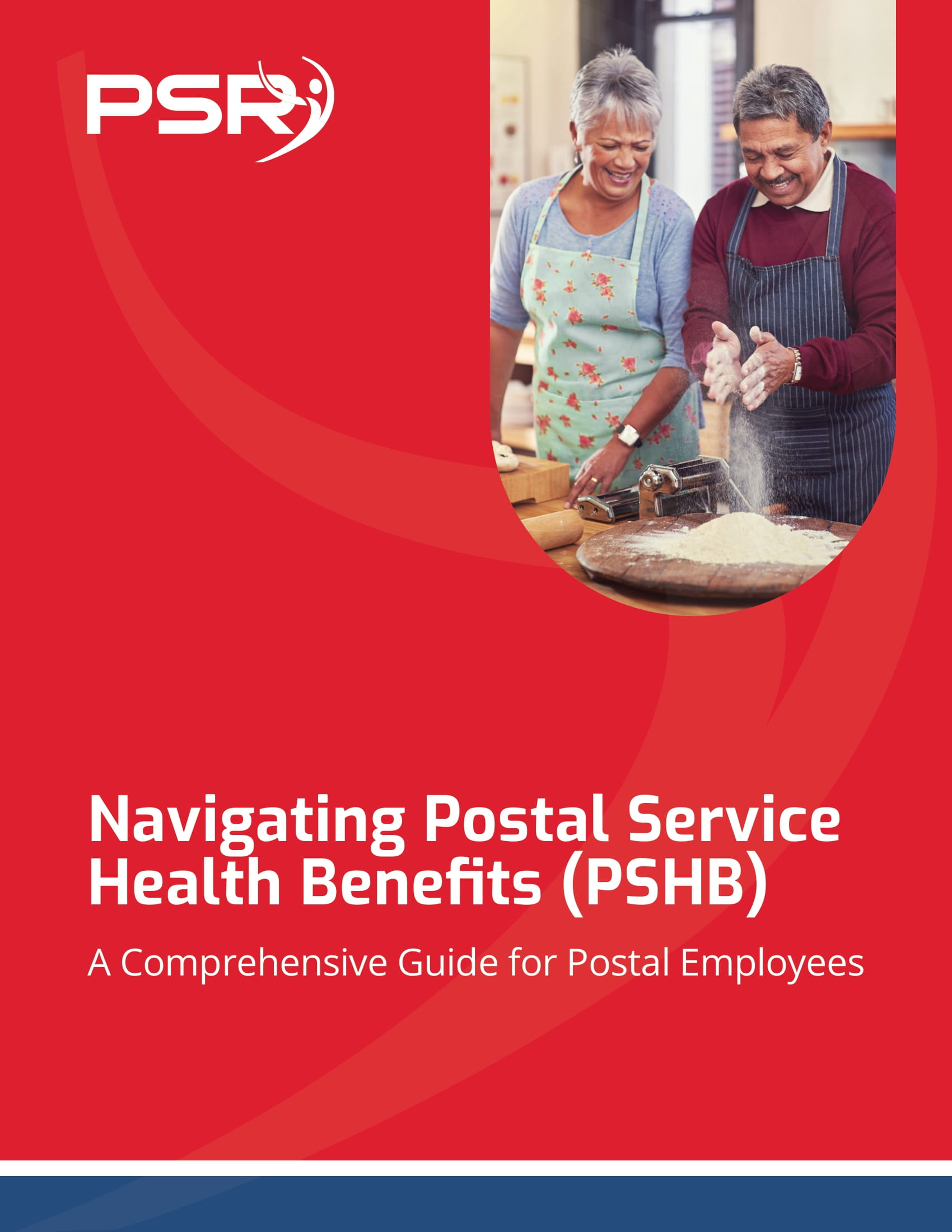Federal Long-Term Care Insurance Program (FLTCIP): Understanding Benefits, Coverage, and How to Apply
The Federal Long-Term Care Insurance Program (FLTCIP) provides long-term care insurance for federal employees, retirees, and their families. With healthcare costs continuing to rise, FLTCIP offers an affordable way for federal workers to plan for the future, ensuring they have access to the care they need as they age. Long-term care insurance is designed to cover services that aren’t typically included in health insurance or Medicare, such as nursing home care, assisted living, and in-home care for those who need assistance with daily living activities.
This guide provides a detailed overview of FLTCIP, its benefits, eligibility, and coverage options, along with how to apply and compare plans.
What is FLTCIP? An Overview of the Federal Long-Term Care Insurance Program
The Federal Long-Term Care Insurance Program (FLTCIP) was created to offer affordable long-term care insurance to federal employees, retirees, and their eligible family members. It provides coverage for long-term care services that are typically not covered by other insurance programs, such as Medicare or traditional health insurance plans.
Key Features of FLTCIP:
- Comprehensive Long-Term Care Coverage: FLTCIP covers a range of long-term care services, including nursing home care, assisted living facilities, home healthcare, and help with activities of daily living (ADLs).
- Customizable Plans: Federal employees can choose from various plan options to fit their needs, including different levels of coverage, benefit periods, and daily benefit amounts.
- Eligibility for Federal Employees and Family Members: FLTCIP is available to federal employees, retirees, their spouses, and other eligible family members.
Understanding FLTCIP benefits helps federal workers plan for long-term care needs while protecting their financial future.
FLTCIP Eligibility: Who Can Enroll?
To enroll in the Federal Long-Term Care Insurance Program, individuals must meet specific eligibility requirements. FLTCIP is designed to cover federal employees and their eligible family members, making it a valuable benefit for those in government service.
Who is Eligible for FLTCIP?
- Federal Employees: Active federal employees, including those in the U.S. Postal Service, are eligible to apply for FLTCIP.
- Federal Retirees: Retirees from federal service can also enroll in FLTCIP, as long as they meet the eligibility criteria.
- Spouses and Family Members: Spouses of federal employees and retirees are eligible for coverage, as well as other family members, such as adult children, parents, and parents-in-law.
- Medical Underwriting: Applicants must undergo medical underwriting to qualify for coverage, meaning they need to answer health-related questions as part of the application process.
By understanding FLTCIP eligibility, federal employees and retirees can determine whether they and their family members qualify for coverage.
FLTCIP Coverage Options: What’s Included?
FLTCIP provides a variety of coverage options that allow federal employees to customize their long-term care insurance plan based on their needs and budget. The program offers coverage for a range of long-term care services, from nursing home care to in-home assistance.
Key Coverage Areas:
- Nursing Home Care: FLTCIP covers the cost of care provided in a nursing home, including room and board, personal care, and skilled nursing services.
- Assisted Living Facilities: Coverage includes stays in assisted living facilities, which offer a more home-like setting for individuals who need help with daily living activities but do not require full-time nursing care.
- Home Healthcare: FLTCIP covers in-home care, allowing policyholders to receive care in the comfort of their own home. This includes assistance with daily activities such as bathing, dressing, and meal preparation.
- Respite Care: The program also includes respite care, which provides temporary relief to family members or caregivers who are caring for an individual covered by FLTCIP.
By reviewing FLTCIP coverage options, federal employees can choose a plan that aligns with their long-term care needs and future plans.
FLTCIP Plan Comparison: Federal vs. Private Long-Term Care Insurance
When choosing a long-term care insurance plan, federal employees may want to compare FLTCIP with private long-term care insurance options. While both types of insurance provide coverage for similar services, there are key differences between the two.
FLTCIP vs. Private Long-Term Care Insurance:
- Group Rates: FLTCIP offers group rates for federal employees, which can make it more affordable than private long-term care insurance. Premiums are typically lower for FLTCIP compared to individual private plans.
- Underwriting Requirements: While both FLTCIP and private plans require medical underwriting, private plans may have stricter eligibility requirements, making it harder to qualify for coverage if you have pre-existing health conditions.
- Coverage Options: Both FLTCIP and private plans offer coverage for nursing home care, assisted living, and in-home care, but FLTCIP plans are tailored specifically for federal employees and may offer more flexibility in coverage options.
- Spousal Coverage: One advantage of FLTCIP is the ability to cover spouses and family members, making it a valuable option for federal employees who want to include their loved ones in the plan.
By comparing FLTCIP to private long-term care insurance, federal employees can evaluate which option provides the best coverage and affordability for their situation.
How to Apply for FLTCIP: Application Process and Open Season
Federal employees and retirees can apply for FLTCIP during open season or at any time by completing the application process. The application involves answering questions about your health and personal circumstances, and it’s important to understand the steps required for a successful application.
FLTCIP Application Process:
- Review Eligibility: Ensure that you and any family members you wish to cover meet the FLTCIP eligibility requirements.
- Choose a Plan: Review the different FLTCIP plan options and select the one that fits your needs. Consider factors such as daily benefit amounts, benefit periods, and inflation protection.
- Complete Medical Underwriting: As part of the application, you will need to undergo medical underwriting to determine your eligibility for coverage.
- Submit Your Application: Applications can be submitted online or by mail. During open season, federal employees may have additional opportunities to enroll in FLTCIP or make changes to their existing plan.
Understanding how to apply for FLTCIP ensures that you have the coverage you need to plan for long-term care.
FLTCIP Premiums: Costs and Payment Options
One of the key factors in choosing a long-term care insurance plan is the premium cost. FLTCIP premiums are based on several factors, including your age, health status, and the level of coverage you select. It’s important to understand how these factors affect your premiums so you can choose a plan that fits your budget.
Factors That Affect FLTCIP Premiums:
- Age: The younger you are when you apply for FLTCIP, the lower your premiums will be. It’s generally more cost-effective to enroll earlier rather than waiting until later in life.
- Health: Your health status at the time of application will also affect your premiums. Healthier individuals may receive lower premiums, while those with pre-existing conditions may face higher costs or be denied coverage.
- Coverage Level: The level of coverage you choose, including your daily benefit amount, benefit period, and inflation protection, will influence your premiums. Higher levels of coverage result in higher premiums.
- Premium Stability: FLTCIP premiums are designed to remain stable, but they may increase over time due to inflation or changes in the program’s costs.
By understanding FLTCIP premiums and costs, federal employees and retirees can select a plan that fits their long-term care needs and financial situation.
FLTCIP for Retirees: Long-Term Care Insurance After Federal Service
Federal retirees are eligible to maintain their FLTCIP coverage into retirement, ensuring they have access to long-term care services as they age. FLTCIP offers retirees the peace of mind that comes with knowing they are protected from the high costs of long-term care.
Key Benefits for Retirees:
- Continued Coverage: Retirees who enrolled in FLTCIP while employed can continue their coverage after they leave federal service.
- Medicare and FLTCIP: While Medicare covers many healthcare services, it does not cover long-term care. Having FLTCIP ensures that retirees are covered for nursing home care, assisted living, and home healthcare that Medicare does not pay for.
- Spousal Coverage: Retirees can also extend FLTCIP coverage to their spouses and other eligible family members, making it a valuable resource for protecting the entire family.
Understanding how FLTCIP for retirees works ensures that federal retirees and their families have the protection they need for long-term care.
Choosing the Right FLTCIP Plan for Your Needs
The Federal Long-Term Care Insurance Program (FLTCIP) provides federal employees and retirees with affordable, comprehensive long-term care coverage. Whether you’re planning for the future or considering your retirement options, understanding the benefits, eligibility requirements, and coverage options of FLTCIP is essential to making an informed decision. By comparing FLTCIP with private long-term care insurance and reviewing premium costs, you can select a plan that meets your needs while protecting your financial future.
If you need help choosing the right FLTCIP plan or understanding how to apply, consider consulting with a long-term care insurance advisor. Advisors can guide you through the application process, compare plan options, and ensure you have the right coverage in place for your long-term care needs.
Search for Public Sector Retirement Expert.
Receive the Best advice.
PSR Experts can help you determine if Public Sector Retirement is right for you or if you should look for alternatives.
The Best Advice creates
the best results.
Search for Public Sector Retirement Expert.
Receive the Best advice.
PSR Experts can help you determine if Public Sector Retirement is right for you or if you should look for alternatives.
The Best Advice creates
the best results.
Recent Articles

The Best FEHB Plans for 2025: Which One Fits Your Lifestyle and Budget the Best?
Key Takeaways: Understanding your healthcare needs and budget is

Special Retirement Options for FAA and LEO Employees: Are You Taking Advantage of What’s Available?
Key Takeaways: FAA and LEO employees have exclusive retirement

Federal Employee Benefits You Didn’t Know Could Give Your Wallet a Serious Boost in Retirement
Key Takeaways You might be sitting on hidden federal

Federal Workers, Here’s How Social Security Fits into Your Overall Retirement Plan
Key Takeaways Social Security can be a steady income





